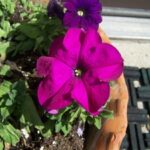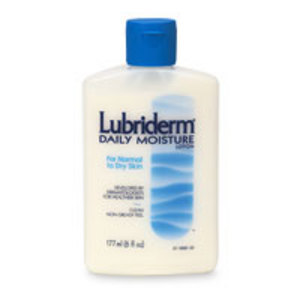Shade landscaping is meant for the backyard that does not receive very much sun, for an area beneath a shade tree or a corner that does not get any sun. Planning that shade landscaping before starting helps to become successful. If you already planted something in your shady yard and it failed, it was probably because it was not a shade tolerant plant. At one time you visited a garden nursery and found that one particular plant that you have always wanted so you bought it and planted it without checking the tag to see if can survive in your environment. This is why a plan needs to be worked out beforehand so you can choose the proper plants.
One of the problems is finding the shade plants that will meet the needs of your particular landscape design. From an artistic point of view, you have mapped out a colorful landscape with interesting textures, and now it is time purchase those plants. Now you have come across your first problem. The majority of plants and shrubs you want can’t handle all that shade. No need to worry. You just need to do a little research to find all the plants that are meant for the shade. Make a list of these and also the ones that will handle partial shade and the ones that prefer full sun. This way you will get a better understanding of which plants do well in shade and in the sun.
Some of your landscape requirements may end up changing over the years and you may need to re-plant areas that were sunny before and are shady now. Some of you may have been living in the same house for more than 20 years and your shrubs and trees are now mature and created more shady areas. Now you have a choice as to whether to trim them all back to bring in more sun or plant additional shade landscaping plants. Some plants, as you probably found out earlier do not like the shade, but some do very well with light shade or partial shade conditions. The shade conditions in your landscape will probably change with the seasons. The full sun areas of the summer may end up partially or fully shaded during the other seasons of the year due to the position of the sun.
Most of the large shade trees are very valuable resources, and to keep them healthy you need to prune out the diseased, dead and poor structured limbs. This will give you a little more sunlight to be able to plant items that need a little sun, and it will beautify the landscape at the same time. Another way to get more light in the garden is to paint your fence a light color or even a lighter color for the sides of your house. The roots of your plants can compete for moisture in a shade landscape; some shade tolerant plants do very well with low moisture and some may need more. You need to take into consideration all nearby plantings when choosing and watering them.
Ferns are plants that are shade tolerant and are low maintenance. You need to give them an area that is well-drained. Plus, you do not want them to dry out. They are excellent border plants and they like to be planted near streams or ponds. If you have a number of shady areas in your backyard, you may want to think about planting ferns for interest and color. The Autumn Fern is a good selection because it gives you a new color with each season change.
Just because you have a dimly lit backyard with a lot of shade landscaping does not mean you can not have some flowers. You can choose flowers that will be able to handle four hours in the sun or fewer. Annuals needing only four hours of sun are Glove Amaranth with pink, magenta, purple, red or white flowers and Nicotiana with red, pink, purple, yellow, white or green flowers. The perennials needing only four hours are the Columbine with pink or red flowers. The perennials needing full or partial shade are Forget-Me-Not, full or part shade with a beautiful blue flower that has a yellow center; Hardy Geranium, partial shade with pink, red, purple, blue, or white colors; Coral Bells, partial to full shade with a range of colors from deep purple to chartreuse and coppery orange to black; Bleeding Heart, partial to full shade with shades of purple, pink, white, and red blooms. There is a biennial that only needs four hours of sun and that is the Foxglove with white, yellow, red, pink or purple flowers.







